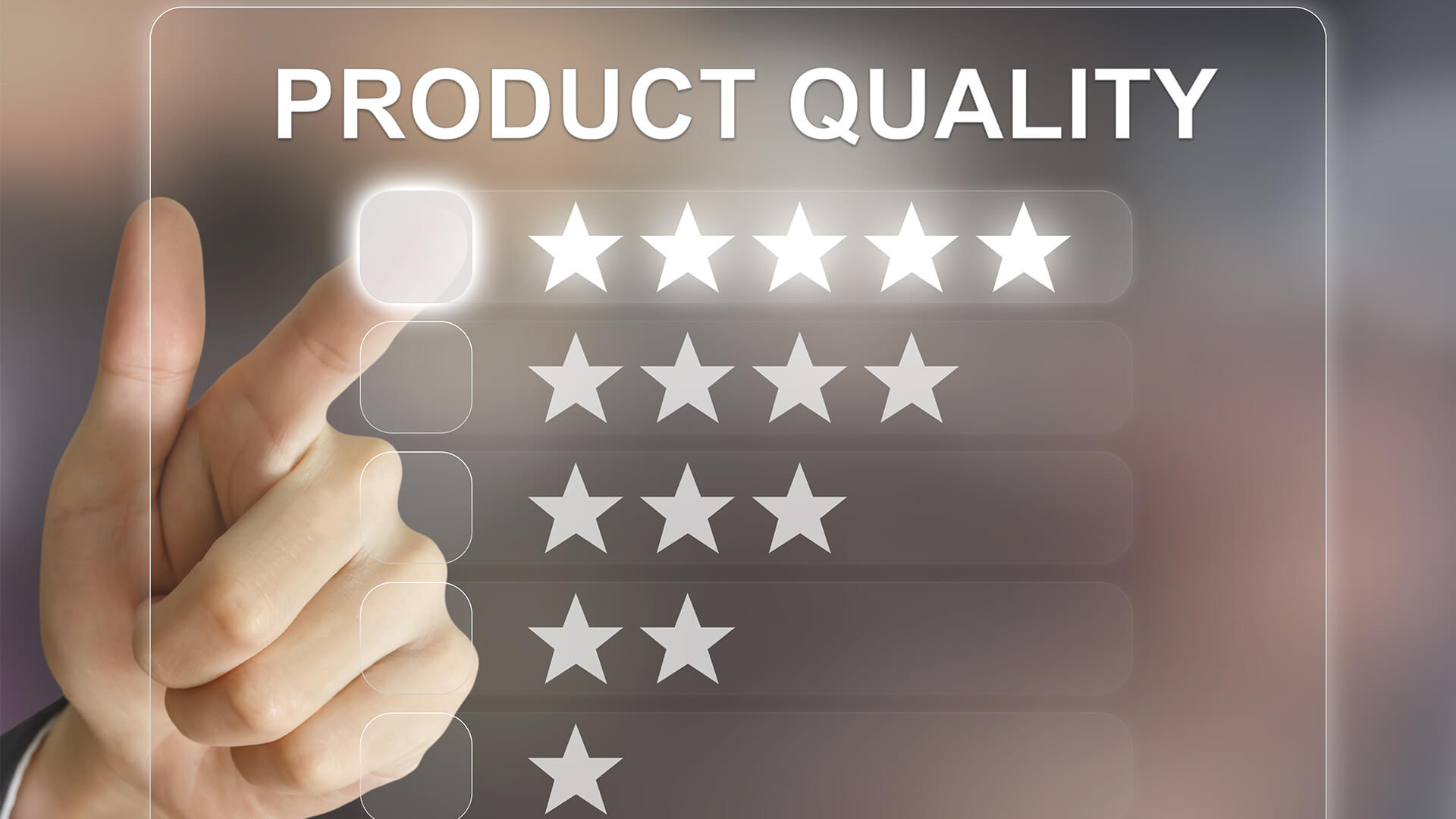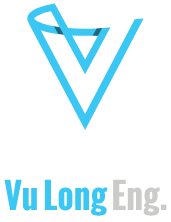
Qualitative comparison WBA vs solvent based
Comparison Between Water-Based and Solvent-Based Adhesives in Leather Goods
In the leather goods industry, different materials and adhesives are used to achieve high-quality production. Below is a comparison of the two main adhesive types—water-based adhesives and solvent-based adhesives—detailing their application, efficiency, and impact on production.
1. Materials Used in Leather Goods Manufacturing
Commonly Used Materials:
- Leather (genuine or synthetic/artificial)
- Linings: leather, textile (cotton, silk), synthetic (moiré, nylon, jersey, coated fabrics)
- Reinforcements: microfiber, nonwoven, canvas (jersey), bonded leather (recycled)
📌 Structure:
Leather or synthetic materials are often paired with linings, with reinforcements in between, depending on the product and manufacturing process.
2. Comparison of Adhesives in Leather Goods Manufacturing
| Adhesive Type | Application | Advantages & Disadvantages |
|---|---|---|
| Latex Adhesives | Used in the preparation phase for bonding leather with linings and reinforcements. Applied by roller machines or hand sponges. | ❌ Not suitable for very thin leather and textiles, as it can form lumps. ❌ Requires frequent roller cleaning, which slows down production. |
| Double-Sided Tapes | Used in the assembly phase (folding, zippers). Manually cut and placed. | ✅ Clean and precise application, but ❌ slow and costly. ❌ May cause adhesive migration, leading to quality issues after production. |
| Solvent-Based Adhesives | Used in assembly phase (folding, zippers, straps, linings). Applied mainly with a brush. | ❌ Health risks due to toxic fumes and strong odor. ❌ Fire hazards due to high flammability. ❌ Inconsistent application, leading to thicker glue spots and aesthetic defects. |
| Water-Based Adhesives | Used in all production phases, including preparation and assembly. Applied mainly by spraying, replacing all the above types. | ✅ Fast, cost-effective, and clean process. ✅ Eco-friendly & safer for workers. ✅ Ensures uniform bonding & high-quality finishes. |
3. Key Benefits of Water-Based Adhesives vs. Solvent-Based Adhesives
| Water-Based Adhesives | Solvent-Based Adhesives |
|---|---|
| ✔ Time-saving: The adhesive is applied using a fast & clean spraying system and is always ready for use. | ❌ Time-consuming: Requires frequent refilling and brush cleaning with solvents. |
| ✔ No product waste: Does not dry out or evaporate. | ❌ High product waste: Evaporates quickly, leading to frequent adhesive loss. |
| ✔ Softens leather, eliminating the need for additional softeners. | ❌ Leather becomes harder after application. |
| ✔ Evenly sprayed, ensuring uniform adhesive distribution. | ❌ Uneven application, creating thick glue spots in some areas and insufficient bonding in others. |
| ✔ No lumps, making it ideal for thin leathers & delicate processes. | ❌ Lumps can form, ruining the product’s appearance. |
| ✔ Fire-safe, as it is non-flammable. | ❌ High flammability risk. |
| ✔ Non-toxic & odorless, creating a clean work environment. | ❌ Strong solvent odor & serious respiratory health risks. |
| ✔ Reduces VOC emissions, making it environmentally friendly. | ❌ High VOC emissions, contributing to pollution. |
| ✔ Does not cause ground & water pollution. | ❌ Damages the environment. |
| ✔ High yellowing resistance, keeping products visually appealing. | ❌ Prone to yellowing, adhesive turns brown over time. |
| ✔ Applied in small quantities, reducing excess glue use. | ❌ Brush application leads to excessive glue use. |
| ✔ Precise application, suitable for thin bonding and detailed work. | ❌ Brush application is imprecise, making it unsuitable for thin layers. |
| ✔ Does not penetrate thin materials, preventing stains. | ❌ Penetrates thin materials, causing stains & glue visibility. |
| ✔ Easy to clean if it gets on leather, leaving no stains. | ❌ Difficult to clean, leaving permanent stains and potential color damage. |
| ✔ Uses “Bag-in-Box” packaging, reducing waste disposal costs. | ❌ High disposal costs for metal containers. |
4. Conclusion: Why Water-Based Adhesives Are the Best Choice
✅ Time-efficient: No frequent refilling or cleaning, ensuring faster production cycles.
✅ Cost-saving: Lower product waste, precise application, and fewer health hazards reduce overall production costs.
✅ Eco-friendly & safer: Non-toxic, VOC-free, and fire-safe, making it better for workers & the environment.
✅ Superior quality: No lumps, no staining, high durability, and better adhesion for premium leather goods.
🎯 Water-based adhesives provide a cleaner, safer, and more cost-effective solution for leather goods manufacturers, while ensuring higher-quality products. 🚀


 Vietnamese
Vietnamese 中文 (中国)
中文 (中国)